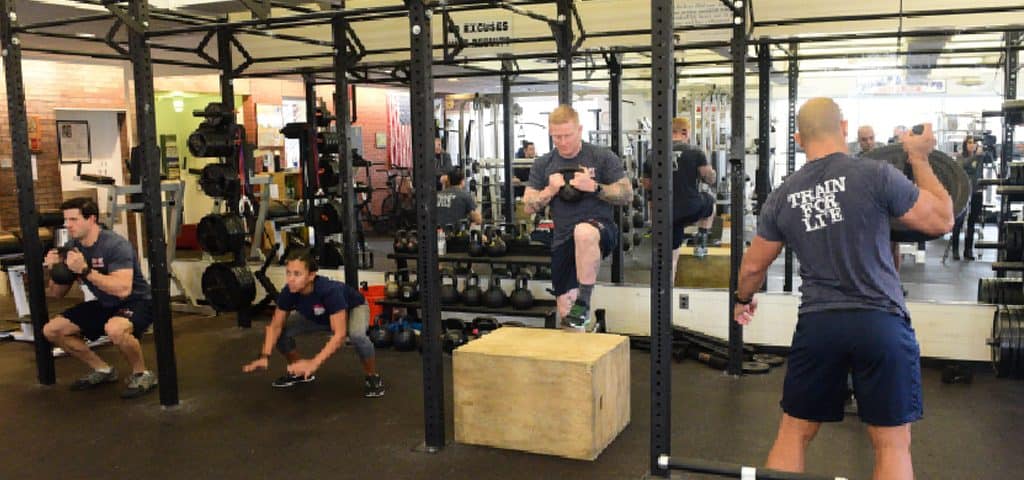
Boston Police Targeted in Propane-Fueled Explosion
January 26, 2017
Hostage Standoff in Delaware Prison Results in C.O.’s Death
February 2, 2017Taking the numbers into consideration, the causes of line-of-duty deaths--upward of 50 percent per year since 2000, which have been attributed to cardiovascular incidents--gives us an indication that fitness and health-based discussion are paramount to curb this trend.
It wasn’t too long ago that fitness for first responders seemed to be based on the old adage, “Lift things up, put them down” and run slowly and for long periods of time until your shins fell off. There is no denying the efficacy of this model when compared to a population that, say, sits on the couch all day. But was there actual transfer to what ultimately we were training for; that is, fire duty on the fire floor? For example, take into consideration the rhythm and demands of firefighting duty: heart rate elevates due to physiological and psychological components. You’re moving quickly, under the weight of gear and tools, into a natural force of nature that, biologically speaking, we are meant to run away from. The demands of firefighting creates a start-stop tempo to the job. An engine company moves with speed and purpose to carry an unwieldy load into position, while truck companies are forcing entry into the fire area and ventilating heat and smoke from the building. The engine may have to wait for the truck members to finish their tasks before pushing the line into the fire area; the truck may wait for the fire to be extinguished before starting overhauling or rescue operations. Start. Stop. Start. Stop. High-intensity work periods, followed by short amounts of active rest. The same goes for EMS.
Furthermore, there is very little isolation to any of these tasks. Someone’s biceps rarely are required to function in an isolated curl movement. More than likely, compound, full-body movements are required to achieve successful completion of tasks, all while tapping into multiple energy systems within the body. Put in other terms: A power lifter is sprinting through a marathon, all while trying not to burn to death or run out of air.
To read more on fitness training read Lieutenant Thomas S. Tanzosh and Firefighter James Carino’s article in the 2017 edition of Pro Fit.


